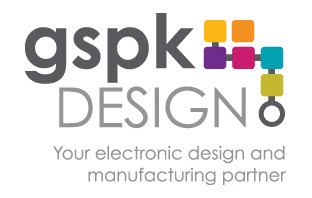To say it wasn’t in North Yorkshire is one thing but if we were
any further down south I’d would have been in the sea – and I make the point of
the location for a reason: I like gravy - and I like it on everything – but,
for some reason, the southerners seem to have an aversion to slopping it all
over a dish. I always find this fascinating when ordering chips from a southern
chippie. Why can’t you serve gravy as well as curry sauce, for example?
Anyway - back to the story: decisions, decisions. Having made a careful study of the menu, I went for the roast. It sounded great with all the trimmings but I was soon to be sorely disappointed when presented with my nearly-dry dish. The waitress seemed surprised – even mildly shocked – when I commented on the lack of gravy. Simply asking for some more led to sheer panic which I could see in her eyes. I could see her wildly calculating how she could serve extra gravy - or even if it was allowed! I suggested maybe a small gravy boat or perhaps a jug on the side, which seemed to ease the pressure a little, but she returned about 15 minutes later with a small vessel that contained less than about 50ml! By then, I didn’t have the heart to mention that amount of gravy wasn’t enough to wet a single
Well, you may rightly ask, what has all this got to do with electronic design? The answer is that it got me thinking that the decision to outsource development and production is also a major one and - like choosing what to eat from a vast menu of delights – you can end up worried that you might not have made the right choice. Well, here at GSPK Design, we take outsourcing development and production very seriously indeed.
We understand that the last thing anyone wants to receive is processed turkey, when you’re expecting the real thing.
So, when we say we offer in-house design and manufacture with all the trimmings, what we’re really saying is: "You don't need to worry about a thing!" We'll take care of it all and, at every step of the process, we'll make sure you’re happy, giving you the confidence that nothing is out of control.
You see, the advantage we have is having all the key skills under one roof and you can exploit this to your advantage, getting your designs to market quicker. Also, as we take all the responsibility, you don't have to resolve any issues. We do the design, we produce the circuits, we make the circuit boards, it’s our team which populates them so it's our job to ensure they’re right - and right every time - whether it's prototype, pre-production or full-scale volume.
When we say we provide all the trimmings, we definitely don't scrimp on the gravy.
